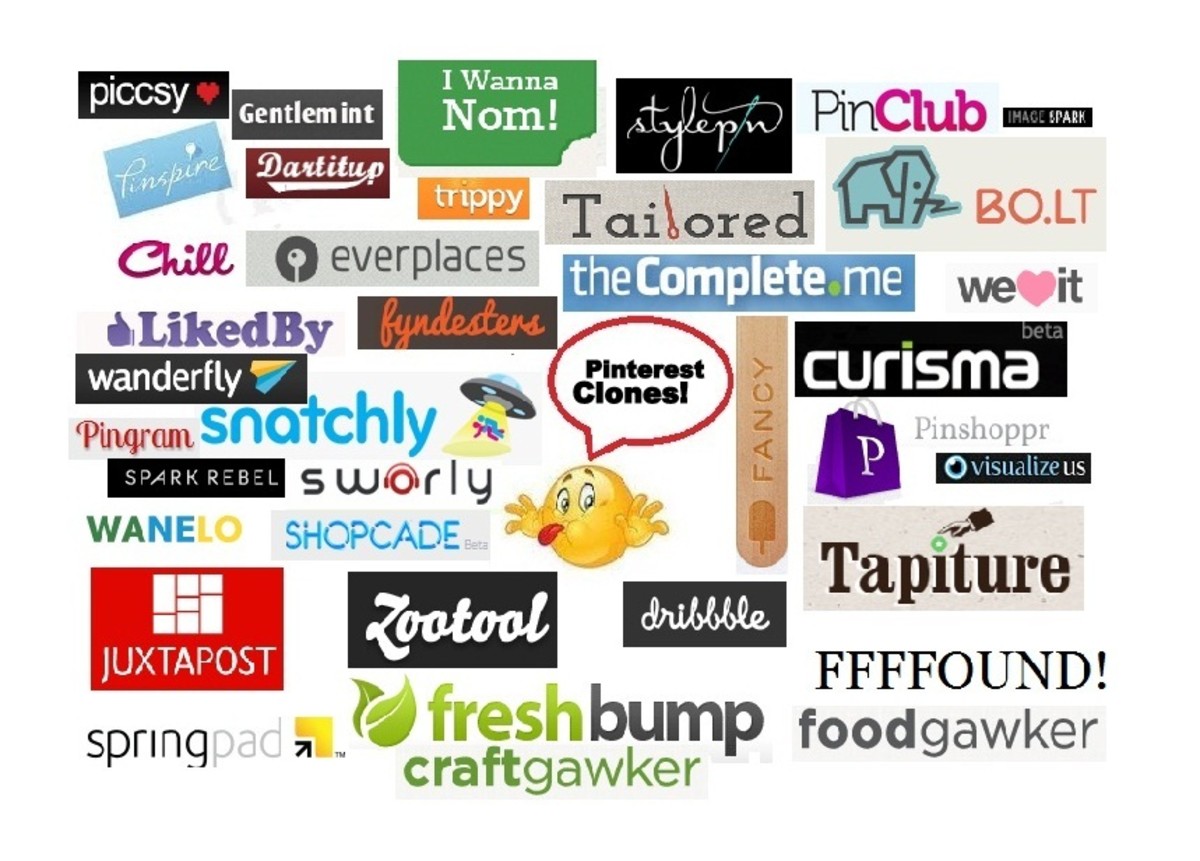- HubPages»
- Business and Employment»
- Marketing & Sales»
- Internet Marketing
Social Media Engagement & Slacktivism
Social Media Marketer with nearly a decade of industry experience shares how to analyze social media engagements and debunks Slacktivism.
Retweeting, sharing, liking, commenting; social media managers and marketers like to lump these data sets together and call them engagements. While that umbrella term works for the average social media user, if you are trying to make a living in this industry, each one of these metrics means very different things depending on the industry and your overall goals for the account/s.
Despite working in the social media space since 2011, I only recently started blogging, mostly as a response to what I think are a lot overgeneralized/ clickbait driven articles on the subject, such as the Oct. 28 Forbes article Why User Engagement Isn’t Always A Good Thing On Social Media. Articles like this really fail to paint the whole picture instead, they offer simple black and white answers that just don’t work without understanding the context and can be very misleading.
Know Your Audience
Whose attention are you after? This is the first question you need to ask when analyzing your engagement. Are you targeting senior citizens for a long-term care facility, or are you after college-aged students as part of an activist campaign? I’ve had clients in both industries. One is a business trying to attract new customers, the other just wants to reach as many people as possible and get their message out there.
For the long-term care facility, you should care about followers, but the only engagement that really matters is clickthrough rates. Whereas the activist group cares most about comments and shares/ retweets. These strategic differences stem from understanding; A) The ages and habits of your target audience on social media and B) Your client’s goal. We know 27 percent of seniors use social media primarily to stay in touch with friends and family, share photos and read the news. They are not the 20 something crowd who are going to comment, like and retweet your posts, and those things do not lead to sales, so your messaging needs to optimize for clickthrough rates, everything else is just a time, energy and money dump.
Why clickthrough rates? Because it means people are going to your client’s website, which they should already have optimized to convert into a sale. The activism group cares about all of it; likes, shares, retweets, comments, exec, because their goal isn’t selling to a niche market, its to effect social change. This means they need everyone talking about them. These are very different goals and they need different approaches to effectively AB test your performance.


Why Slacktivism is a Myth
My biggest gripe about the Forbes article was their “slacktivism” claims. This is one of the greatest misconceptions regarding how social media actually works and it is also historically disingenuous.
Slacktivism is the idea that liking or sharing content as a way of showing support for political and/or social movements is the extent of a user’s activism. If you are a millennial or a member of Gen Z you really should be insulted by the implication. It ignores the cornerstone of the entire marketing industry. If someone sees your ad, they will probably talk about it.
While talking about a product or an issue may not convert into a direct sale or some other metric you can measure or prove to a client, it does generate a conversation about your client. How many times have you read a tweet or seen a post on Instagram and then immediately told the person working next to you about it, or struck up a conversation with your friends about it over the weekend? That is the MOST VALUABLE form of engagement there is. So, while academics and the so-called “experts” want to define slacktivism as useless, it ignores that people talking about things they just discovered or feel strongly about has always been the point from which we make decisions to act.
It’s also historically inaccurate. Slacktivism implies that at some point in our history, everyone marched on the steps of congress to create “real” change, and now everyone just talks about change and does nothing about it. If that argument makes your ears burn, it because it’s the same argument used in voter suppression campaigns and extremist right-wing groups. The 1963 Civil Rights March with its iconic image of a crowd so large they took up every inch of space at the Lincoln Memorial had an estimated 250-300 thousand protesters. The population of the 2017 Women’s March is estimated between 3.3 and 4.7 million. It is ridiculous to paint the most politically active group of humans who ever walked this earth as the laziest when every data point objectively demonstrates the opposite.
The term slacktivism is nothing more than another way of putting down Millennials and Gen Zers for their social media use and ignores what all that liking actually does for the causes they care about… it spreads the word, which is the entire point!








